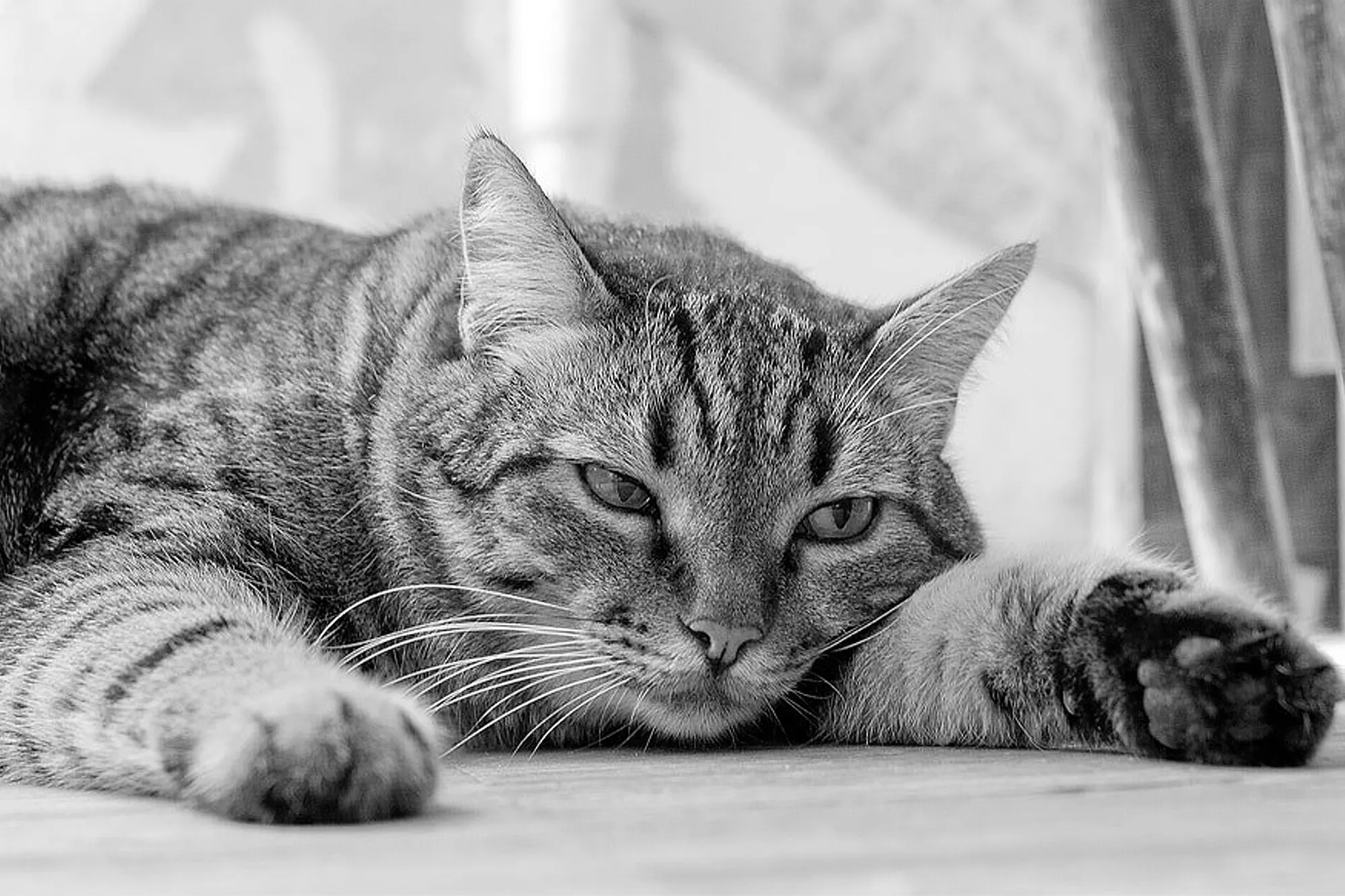Osteochondrodysplasia in cats is a rare condition, but it has been documented in various breeds, including Scottish Fold, Munchkin, and Siamese cats. Osteochondrodysplasia refers to a group of genetic disorders that affect bone and cartilage development in cats, leading to abnormal growth and development of the skeletal system. This condition can cause a range of problems, from mild joint pain to severe deformities that can affect a cat’s ability to move and lead a normal life.
Diagnosis of osteochondrodysplasia in cats typically involves a physical examination, X-rays, and genetic testing to identify the specific mutation responsible for the condition. While there is no cure for osteochondrodysplasia in cats, treatment options may include pain management, physical therapy, and surgery in severe cases.
Causes
Osteochondrodysplasia arises from genetic mutations that affect bone and cartilage development. These mutations can be hereditary, meaning they are passed down from the cat’s parents, or they can occur as spontaneous mutations. Some breeds are more prone to certain types of osteochondrodysplasia due to their genetic predisposition.
Symptoms
The symptoms of osteochondrodysplasia can vary depending on the type and severity of the condition. However, common symptoms include:
- Abnormal limb or spinal development: Cats with osteochondrodysplasia often have abnormal bone growth, leading to deformities in their limbs or spine. This can result in a shorter stature or limbs that are abnormally shaped or positioned.
- Joint problems: Cats with osteochondrodysplasia may develop arthritis or experience joint pain and stiffness due to the abnormal development of cartilage and bones.
- Difficulty walking or moving: The physical abnormalities caused by osteochondrodysplasia can make it challenging for cats to walk, run, or jump normally. They may exhibit a stiff gait or show signs of discomfort when moving.
- Respiratory issues: In severe cases of osteochondrodysplasia, cats can experience respiratory problems due to the compression of the airways caused by abnormal bone growth.
Diagnosis
If you suspect that your cat may have osteochondrodysplasia or if they are exhibiting any of the symptoms mentioned above, it is essential to consult with a veterinarian. A thorough physical examination, along with a medical history review, may provide valuable insights. To confirm the diagnosis, additional tests such as X-rays, genetic testing, or a biopsy may be necessary.
Treatment Options
While there is no cure for osteochondrodysplasia, several treatment options aim to manage the symptoms and improve a cat’s quality of life. Some common treatment approaches include:
- Pain management: Cats with osteochondrodysplasia may require pain medication to alleviate discomfort associated with joint pain or arthritis.
- Weight management: Maintaining a healthy weight is crucial for managing osteochondrodysplasia. Cats with the condition may benefit from a balanced diet and regular exercise to avoid placing excessive strain on their joints.
- Supportive care: Providing a cat with osteochondrodysplasia with a comfortable environment that minimizes physical stress can help improve their overall well-being. Soft bedding, easily accessible litter boxes, and low-impact play areas can be beneficial.
- Physical therapy: In some cases, physical therapy, such as gentle stretching exercises, hydrotherapy, or massage, may help improve a cat’s mobility and muscle strength.
Conclusion
Osteochondrodysplasia can indeed pose challenges, but with knowledge and commitment, you can provide your cat with the highest quality of life possible. Remember that consistent vet care and following prescribed treatments are of paramount importance.
